History of Auto Transport in the United States
1898 - The Beginning of Auto Transport
In 1898, Alexander Winton revolutionized the transport industry with his invention of the semi-truck; a year later he made history by becoming one of America’s earliest truck-makers when he sold his first model.
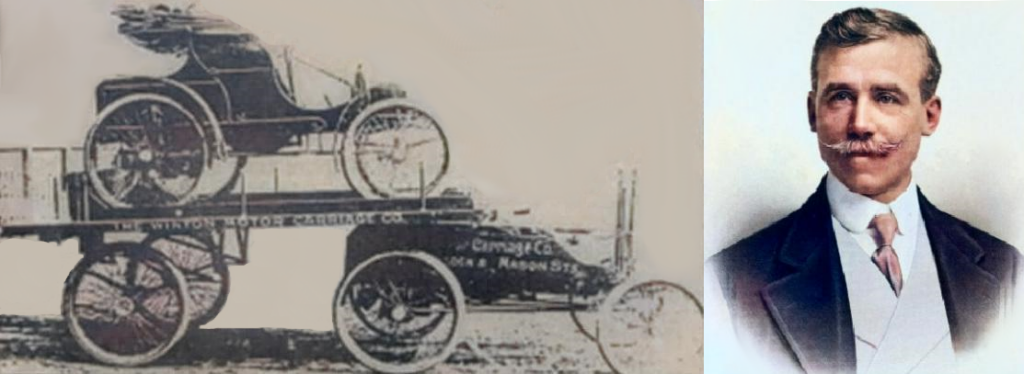
1900 - Americans owned about 8000 vehicles
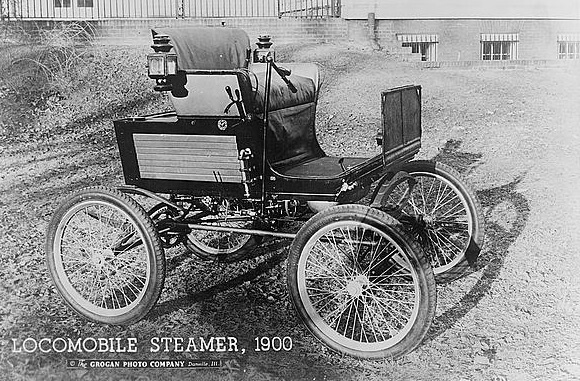 In the year 1900, America was still in the early stages of its automotive industry with only 3 active vehicle manufacturers at the time(Lozier, Packard Model B, Skene). At the start of the century, only about 8,000 vehicles were registered for road use across the entire country. While this number was quite small compared to today’s standards, it marked a watershed moment in American history as automobiles began to become accessible to the masses.
In the year 1900, America was still in the early stages of its automotive industry with only 3 active vehicle manufacturers at the time(Lozier, Packard Model B, Skene). At the start of the century, only about 8,000 vehicles were registered for road use across the entire country. While this number was quite small compared to today’s standards, it marked a watershed moment in American history as automobiles began to become accessible to the masses.
1908 - Ford Model T was introduced to the world
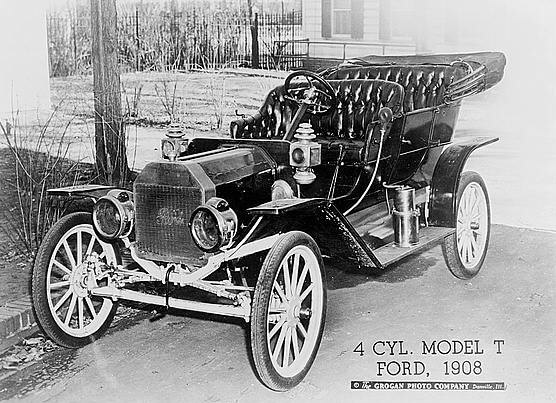 The Ford Model T was the first car that was affordable enough for the average person to buy and helped to create a massive demand for auto transport. The creation of the Ford Model T also led to improvements in roads and highways, which helped to make it easier and more efficient to transport cars from one place to another.
The Ford Model T was the first car that was affordable enough for the average person to buy and helped to create a massive demand for auto transport. The creation of the Ford Model T also led to improvements in roads and highways, which helped to make it easier and more efficient to transport cars from one place to another.
1915 - Patent of the Fifth wheel
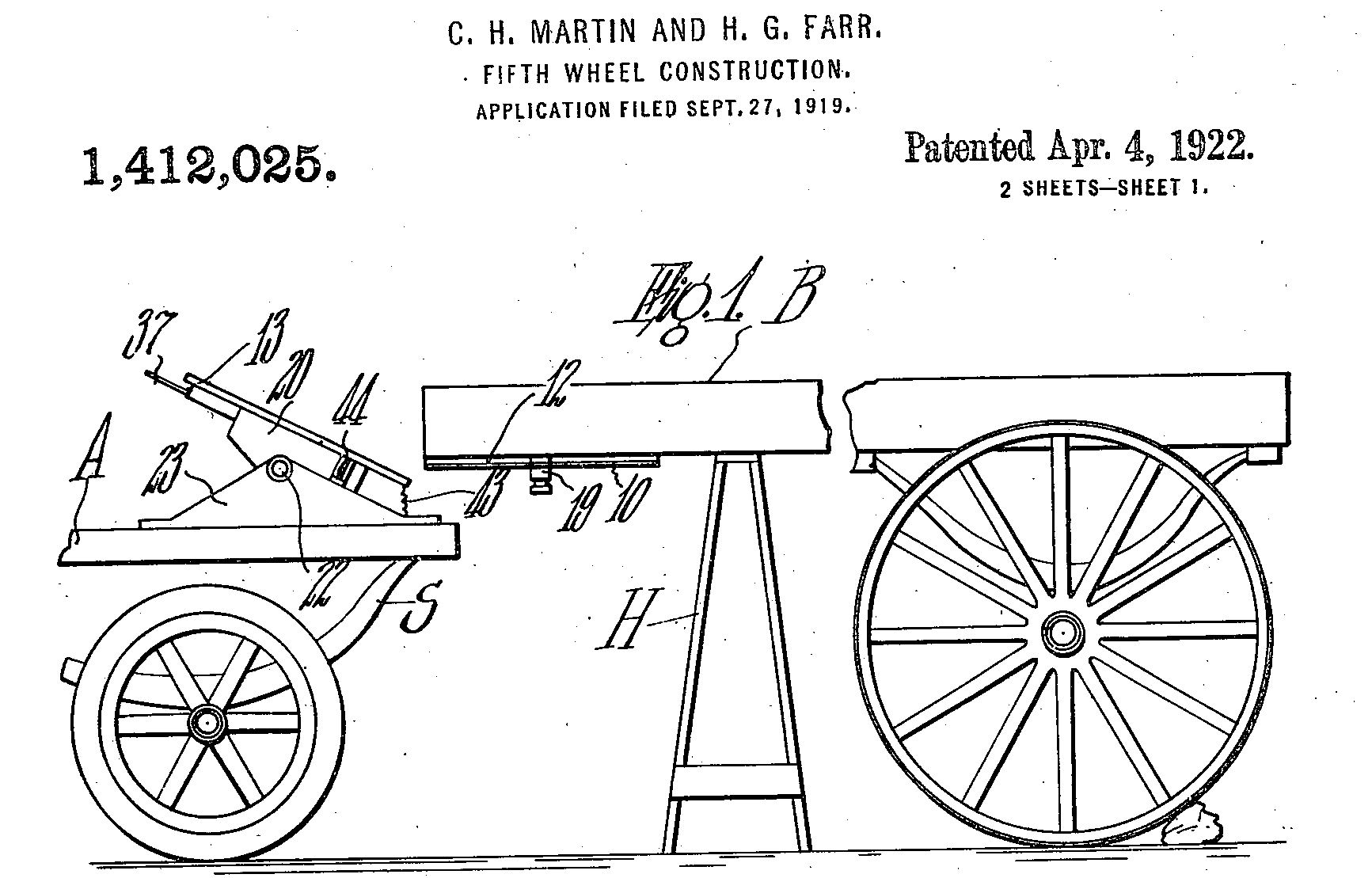 The fifth wheel is a device that attaches to the rear of a truck or trailer, and it helps keep the trailer in line with the tow vehicle. This patented invention was filed by a man named Charles H Martin in 1915, and it revolutionized the auto transport industry by making it easier to move trailers around. The fifth wheel has become an essential part of the auto transport process, and it’s still used today.
The fifth wheel is a device that attaches to the rear of a truck or trailer, and it helps keep the trailer in line with the tow vehicle. This patented invention was filed by a man named Charles H Martin in 1915, and it revolutionized the auto transport industry by making it easier to move trailers around. The fifth wheel has become an essential part of the auto transport process, and it’s still used today.
1916 - Federal Aid Road Act of 1916
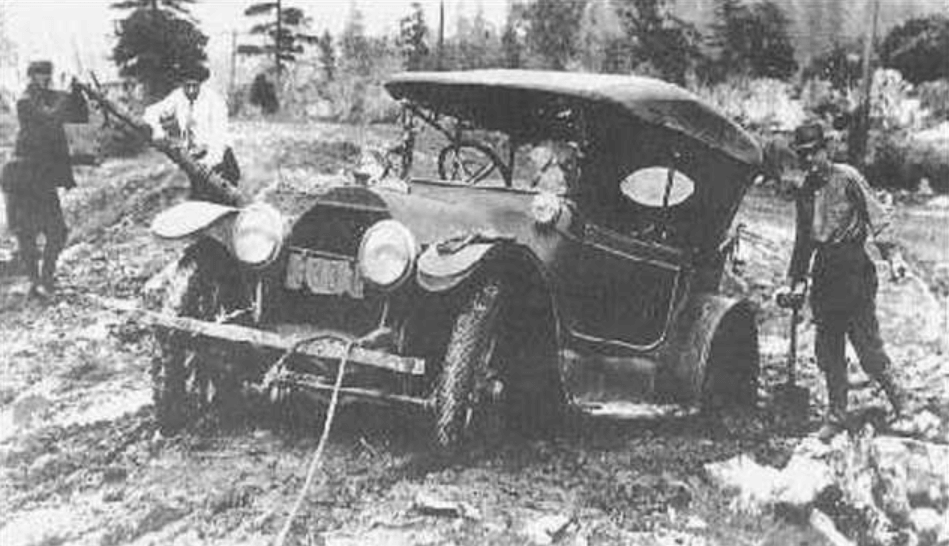 Federal Aid Road Act of 1916 provided financial assistance to the states for the construction and improvement of roads. The act authorized the Secretary of Agriculture to make loans to states for this purpose, and it also provided for the expenditure of federal funds on road projects.
Federal Aid Road Act of 1916 provided financial assistance to the states for the construction and improvement of roads. The act authorized the Secretary of Agriculture to make loans to states for this purpose, and it also provided for the expenditure of federal funds on road projects.
1920s - Ownership of vehicles skyrocketed to 8 million
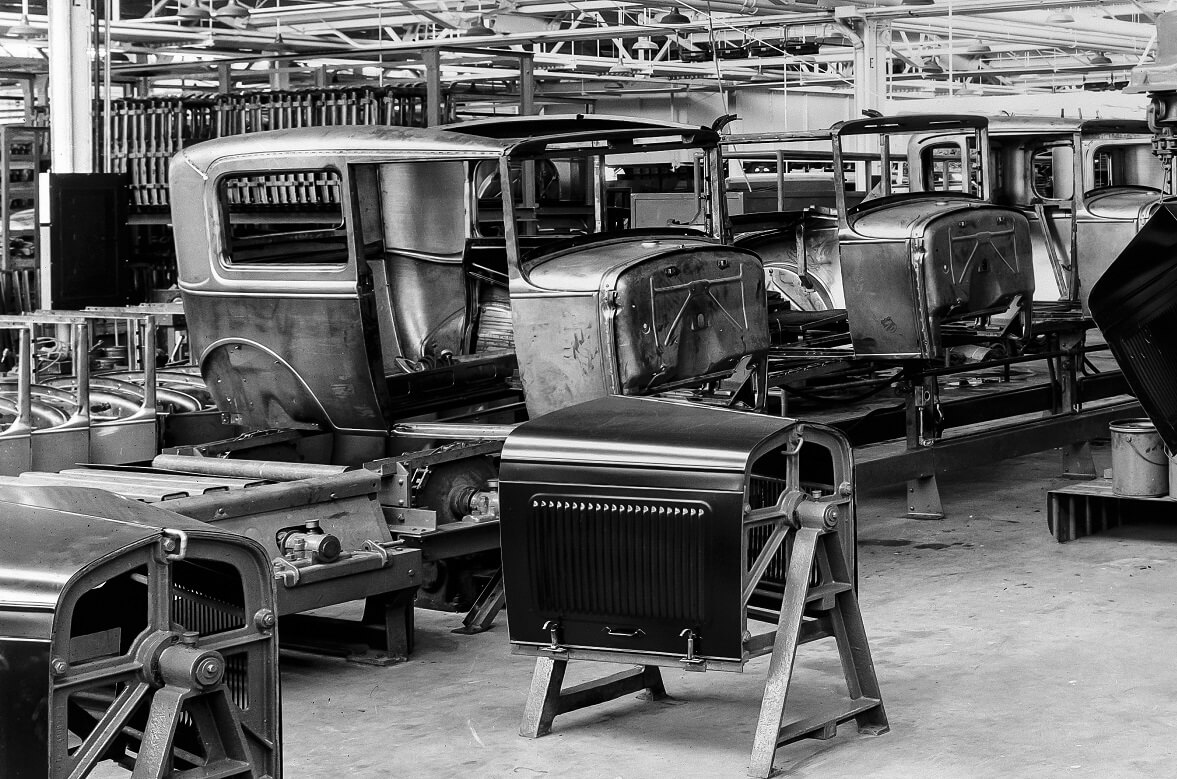 By 1920 ownership of vehicles skyrocketed to 8 million, and in 2023 the United States has about 300 Million registered vehicles including public and commercial. The ownership of vehicles increased exponentially during this period, with the number of cars on the road rising from just over one million in 1910 to more than eight million by 1920.
By 1920 ownership of vehicles skyrocketed to 8 million, and in 2023 the United States has about 300 Million registered vehicles including public and commercial. The ownership of vehicles increased exponentially during this period, with the number of cars on the road rising from just over one million in 1910 to more than eight million by 1920.
Several factors contributed to this surge in car ownership during the 1920s. One was the rise of mass production techniques pioneered by companies like Ford, which allowed for the creation of affordable and reliable automobiles that were accessible to a wider range of consumers. Additionally, improvements in roads and highways made it easier for people to travel greater distances by car
1920s - Ernest Holmes
Ernest W. Holmes Senior’s search for a way to transport cars from ditches in Chattanooga sparked the beginning of the global towing industry over 100 years ago when he designed and created the world’s first wrecker, mounted on a 1913 Cadillac limousine. He soon began manufacturing twin boom tow trucks at his own company.
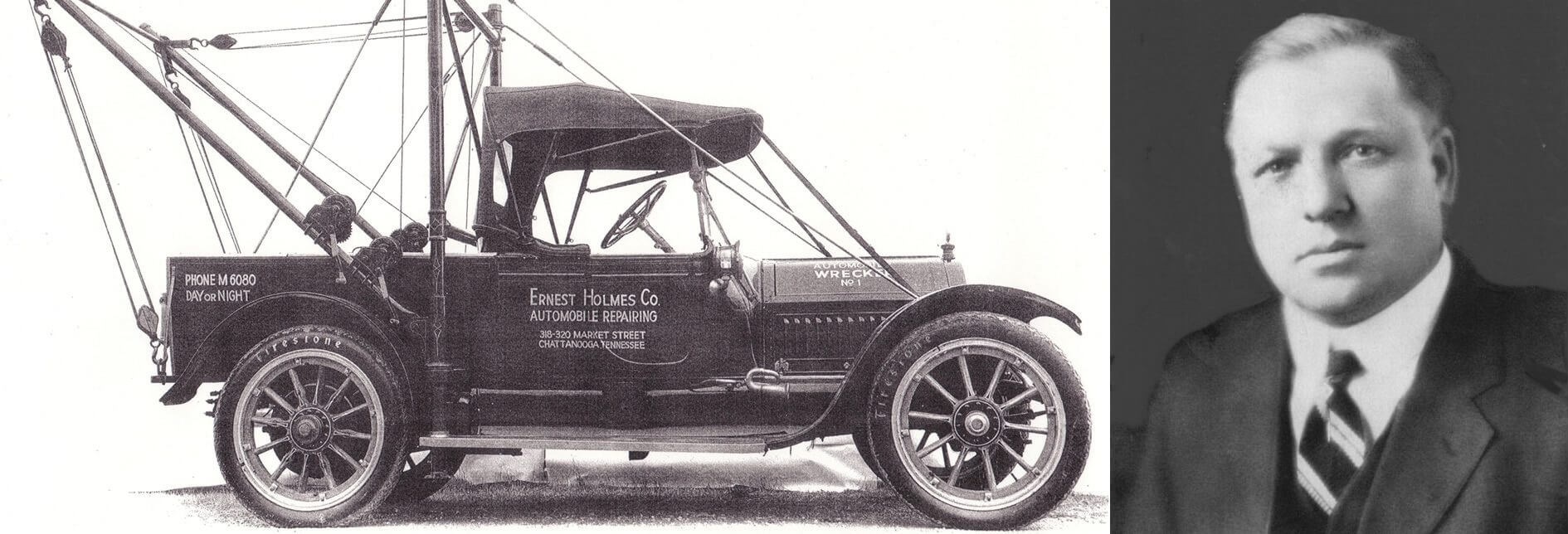
1922- The Interstate Commerce Commission is formed
 The Interstate Commerce Commission is formed, giving the federal government oversight of interstate commerce by rail, road, and water. This act would help ensure fair practices in the transport of goods and automobiles between states.
The Interstate Commerce Commission is formed, giving the federal government oversight of interstate commerce by rail, road, and water. This act would help ensure fair practices in the transport of goods and automobiles between states.
1925 - First Compulsory Automobile Insurance
The first compulsory automobile insurance legislation, passed by the state of Massachusetts in 1925, helped to legitimize and popularize the auto transport industry. With automobiles now being required to have insurance, more and more people began using auto transport services to get their vehicles from one place to another. This led to increased demand for auto transport services, which in turn helped to grow the industry as a whole
1939 - Frank A Novotney Created a Patented the First Liftgate
Frank A Novotney Patented the First Liftgate in 1939, which helped to auto transport goods more efficiently. The liftgate is a piece of equipment that raises and lowers the rear cargo door of a truck or van, making it easier to load and unload goods. It quickly became an essential part of the auto transport industry and has continued to evolve over the years to meet the needs of its users
1930s - Auto transport industry boomed
The auto transport industry boomed in the 1930s thanks to the growth of the automobile industry. With more and more people owning cars, the need for reliable and affordable transportation of vehicles grew as well. Auto transport companies sprang up all over the country, and the industry flourished.
One of the biggest drivers of growth in the 1930s was Henry Ford’s mass production of automobiles. With Ford producing millions of cars each year, there was an ever-growing demand for auto transport services.

1940s - World War II Created a push for Innovation
With the onset of World War II, the military needed to transport large numbers of tanks and other vehicles from one place to another, which helped fuel growth in the auto transport industry even further. Additionally, car haulers become increasingly popular amongst individuals who are looking for an efficient way to move their vehicles from one destination to another without having to drive it themselves or hire someone else for the job. As a result, many new car-hauling businesses open up throughout America during this time period offering transportation services for an affordable rate compared that what it would cost somebody else doing it themselves or hiring someone in person.
1945 - Post World War II
After World War II ended in 1945, there was an enormous surge in demand for automobiles as veterans returned home from war and sought to resume their lives as civilians; many companies were forced to increase their production capacity just to keep up with demands for new cars.
1950 - Almost 50 Million Vehicles Registered in the United States
By 1950 there were almost 50 million registered vehicles across the United States and automobile transportation had become an integral part of life for many people throughout the country.

1954 - Invention of the Shipping Containers
In 1954, the invention of the shipping container revolutionized the auto transport industry. Malcolm McLean developed this innovative technology to transform the traditional way of loading cargo onto ships. The introduction of shipping containers allowed for quicker and more efficient transportation options. This new system was initially seen as a revolutionary development as it improved efficiency, safety, and cost-effectiveness over traditional methods.
Previously, when cars were loaded onto ships they were placed inside wooden crates or manually loaded into the holds of vessels. This process was labor-intensive, time-consuming, and potentially dangerous. With the invention of shipping containers and their ability to fit multiple cars at once in one unit with steel walls, these issues were no longer an issue. Additionally, these containers could be stacked on top of each other for easy storage and transportation. 20-foot containers are the perfect size for one or two vehicles, while a 40-foot container can hold up to four mid-size vehicles.
1956 - Federal Aid Highway Act
In 1956, President Eisenhower signed into law the Federal Aid Highway Act of 1956 which provided additional funding for highway construction and maintenance in order to support long-distance travel via car throughout America.
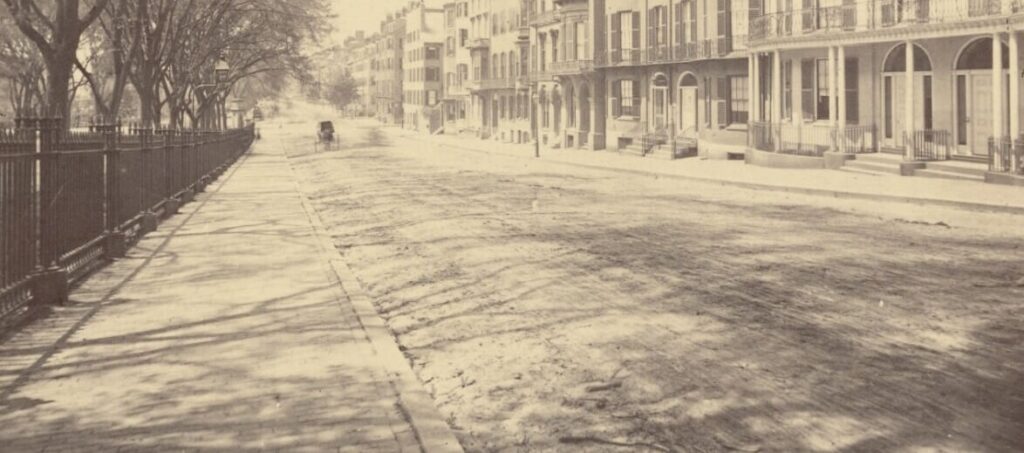
1956 - Enclosed Trailer Patent
In 1956, Alex Tennent revolutionized the transportation industry with his patented design for an enclosed trailer. His invention enabled travelers to reach their destinations safely and cost-effectively. The popularity of enclosed trailers quickly grew, and they are now a necessity on America’s roads.
1960s - The Rise of the Interstate Highway System
 The biggest impact on the auto transport industry in the 1960s was undoubtedly the rise of the interstate highway system. With a reliable and expansive system of roads connecting all corners of the country, it became much easier and more efficient for people to transport their cars long distances. This led to increased competition among auto transport companies, as well as increased demand for their services.
The biggest impact on the auto transport industry in the 1960s was undoubtedly the rise of the interstate highway system. With a reliable and expansive system of roads connecting all corners of the country, it became much easier and more efficient for people to transport their cars long distances. This led to increased competition among auto transport companies, as well as increased demand for their services.
1966 - The National Traffic and Motor Vehicle Safety Act
The 1966 National Traffic and Motor Vehicle Safety Act was a major milestone in the history of auto transport. This landmark legislation helped to revolutionize the auto industry by improving safety standards and protecting the welfare of consumers.
By establishing strict safety requirements for automakers, this act has helped to prevent countless accidents and save countless lives. In addition, it has also helped to create a more robust and reliable automotive sector, which is essential for the growth of our economy.
Overall, the 1966 National Traffic and Motor Vehicle Safety Act has been an unequivocal success and has played a pivotal role in making our roads safer for everyone.
1975 - Popularity of the Enclosed Trailer on the Rise
By 1975 approximately one-third of all vehicle transports utilized these types of trailers instead of open ones due to their increased protection from adverse weather conditions or other elements which may lead to damage or deterioration during transit times.
1980 - The Motor Carrier Act of 1980
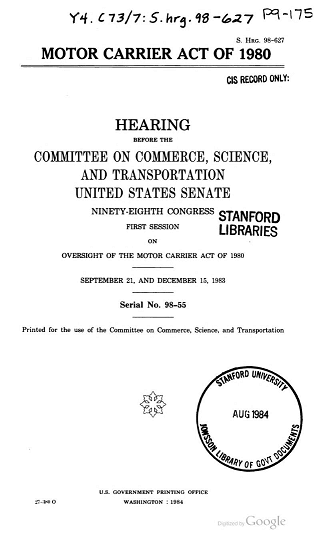 The Motor Carrier Act of 1980, also known as the Motor Carrier Regulatory Reform and Modernization Act, is a federal law in the United States that deregulated the trucking industry. The act aimed to increase competition and reduce government regulation by removing restrictions on entry into the trucking market and eliminating price controls. It also required certain vehicles to carry minimum insurance coverage for public liability and environmental restoration. The act had a significant impact on the trucking industry, leading to increased efficiency and lower costs for consumers.
The Motor Carrier Act of 1980, also known as the Motor Carrier Regulatory Reform and Modernization Act, is a federal law in the United States that deregulated the trucking industry. The act aimed to increase competition and reduce government regulation by removing restrictions on entry into the trucking market and eliminating price controls. It also required certain vehicles to carry minimum insurance coverage for public liability and environmental restoration. The act had a significant impact on the trucking industry, leading to increased efficiency and lower costs for consumers.
1996 - Surface Transportation Board Established
The Surface Transportation Board (STB) is an independent federal agency with jurisdiction over the railroads, trucking, maritime, and pipelines in the United States. They took over some of the duties of the Interstate Commerce Commission which was dissolved on the same day STB was established. The STB was created in 1996 as a result of the enactment of the Staggers Rail Act. This act deregulated the rail industry, which had been struggling since the 1970s. STB played a significant role in regulating and ensuring fair practices within the auto transport industry. It has helped to establish rules and guidelines for carriers, brokers, and shippers alike, helping to ensure that customers are protected from unfair business practices.
2000 - Federal Motor Carrier Safety Administration (FMCSA) Established
 The Federal Motor Carrier Safety Administration (FMCSA) was created in 2000 as a response to the increasing number of commercial motor vehicle crashes. The FMCSA is responsible for regulating the auto transport industry by setting and enforcing safety standards.
The Federal Motor Carrier Safety Administration (FMCSA) was created in 2000 as a response to the increasing number of commercial motor vehicle crashes. The FMCSA is responsible for regulating the auto transport industry by setting and enforcing safety standards.
The FMCSA has helped to improve safety in the auto transport industry by requiring companies to implement safety management systems, develop driver training programs, and conduct routine inspections of their vehicles. Additionally, the FMCSA tracks unsafe trucking companies and removes them from the roadways, which helps to create a safer environment for everyone involved in commercial motor vehicle transportation.
2012 - Moving Ahead for Progress in the 21st Century Act (MAP-21)
 The Moving Ahead for Progress in the 21st Century Act, also known as MAP-21, is a federal law in the United States that was signed into effect by President Barack Obama on July 6, 2012.
The Moving Ahead for Progress in the 21st Century Act, also known as MAP-21, is a federal law in the United States that was signed into effect by President Barack Obama on July 6, 2012.
MAP-21 aimed to improve transportation infrastructure and safety across all modes of transportation, including auto transport. It included provisions related to commercial vehicle safety, such as requiring electronic logging devices (ELDs) to track hours of service for drivers and mandating a drug and alcohol clearinghouse for commercial drivers.
The law also established new funding programs for highways and transit systems, which helped support improvements to roadways used by auto transport carriers. Additionally, it included provisions related to freight policy and planning, which helped promote the more efficient movement of goods across the country.
Overall, MAP-21 had a significant impact on the auto transport industry by improving safety standards and supporting infrastructure improvements that benefit carriers and consumers alike.
2015 - Fixing America's Surface Transportation Act (FAST Act)
The Surface Transportation Board (STB), an independent federal agency within the United States Department of Transportation, is responsible for regulating the railroads, trucking, and other surface transportation industries. The Fixing America’s Surface Transportation Act (FAST Act) was passed by Congress in 2015 and signed into law by President Barack Obama. The FAST Act authorizes $305 billion in spending over five years for surface transportation programs. It is the first long-term highway bill passed by Congress since 2005. The FAST Act helped the auto transport industry by increasing funding for infrastructure projects, which will help reduce traffic congestion and improve road conditions. This will make it easier and faster for auto transporters to move cars around the country.

